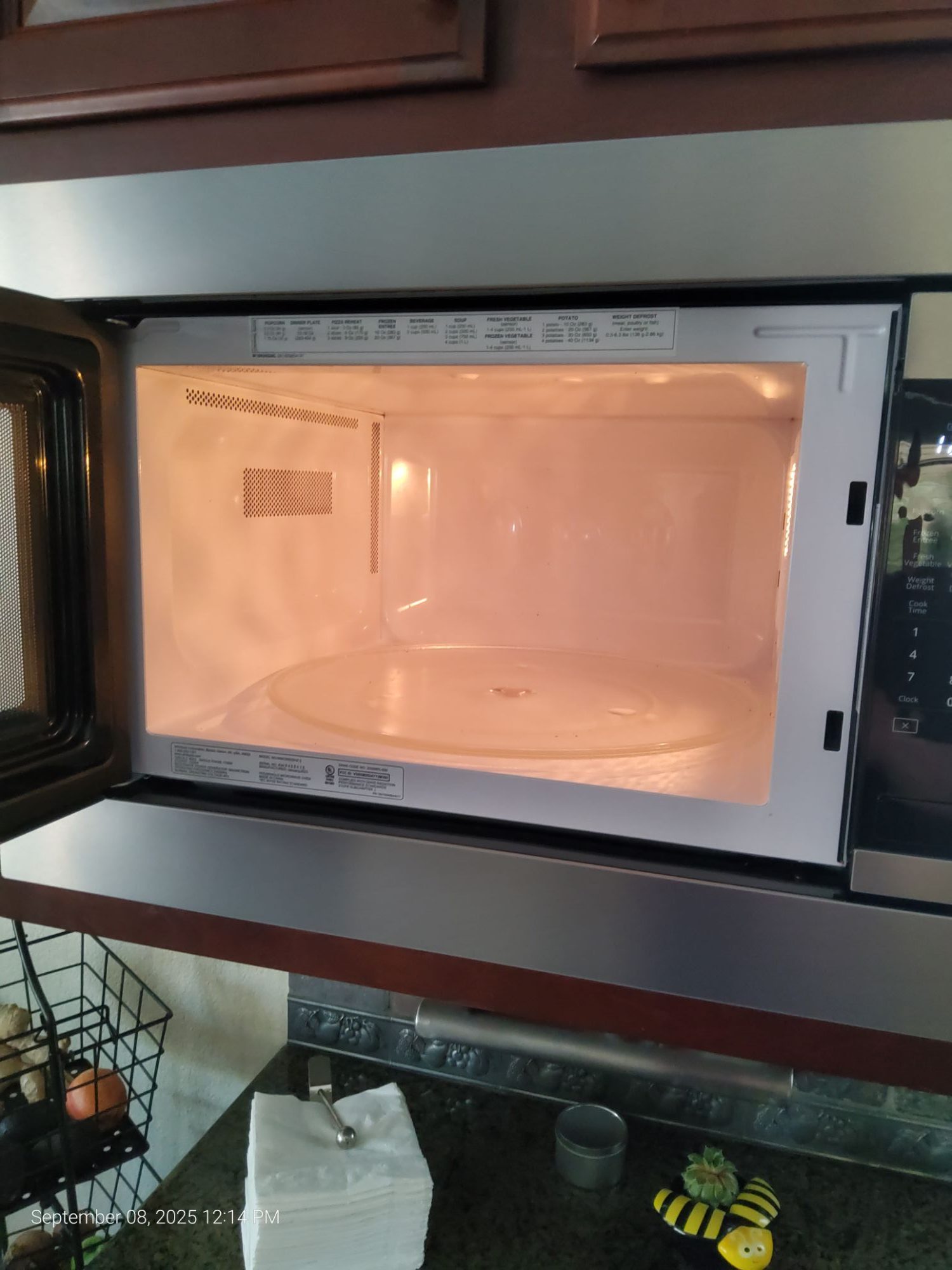
A microwave that suddenly shuts off just a few seconds after starting can be incredibly frustrating. You place your meal inside, press the start button, hear the familiar hum, and then—silence. The cycle ends prematurely, leaving your food cold and leaving you wondering what went wrong. This symptom is more common than many homeowners realize. Although it may seem like a simple glitch, it often indicates underlying issues with the microwave’s power delivery system or safety mechanisms. Two of the primary causes behind this behavior are a faulty high-voltage capacitor or the triggering of the microwave’s overheating protection system.
Understanding these causes helps you make informed decisions and ensures your appliance receives the proper care. Because microwaves rely on high-voltage components and thermal protections, ignoring early warning signs can lead to bigger failures or even safety hazards. Below, we break down how each issue works, what symptoms to look for, and why timely professional repair is essential.
Faulty High-Voltage Capacitor: A Hidden Power Problem
Inside every microwave is a high-voltage circuit responsible for generating the energy needed to heat your food. The high-voltage capacitor is a central part of this system. Its job is to store electrical charge and release it in rapid pulses to help power the magnetron—the component that actually produces microwave energy. When the capacitor fails or becomes unstable, the appliance loses its ability to maintain consistent power. A damaged capacitor often causes the microwave to start normally and then shut down within a few seconds. This happens because the capacitor cannot hold the required charge, causing the voltage to drop abruptly. As a result, built-in safety mechanisms detect the power irregularity and shut off the device to prevent further damage. Other signs of a failing capacitor may include:- A loud buzzing, humming, or clicking noise during operation
- Weak or uneven heating
- A burning smell or visible scorch marks inside the unit (in severe cases)
- The microwave stopping at the same moment during each attempt
Overheating Protection: The Safety System Doing Its Job
Modern microwaves include built-in thermal protection to ensure internal components do not overheat. When temperatures rise beyond safe levels, thermal sensors immediately cut power to the microwave. This safety system protects major components like the magnetron, transformer, and control board from damage. Overheating protection is triggered for several reasons:- Blocked Ventilation Microwaves require proper airflow to stay cool. If vents are obstructed by dust, grease, or nearby objects, internal heat cannot escape. The microwave overheats quickly and shuts off within seconds.
- Failed Cooling Fan The internal fan plays a crucial role in keeping the microwave’s high-voltage components cool. If the fan motor wears out, gets stuck, or becomes disconnected, heat builds rapidly.
- Continuous Use or Overloading Running the microwave for long periods, especially with large dishes or containers that absorb a lot of energy, can cause heat buildup. The thermal sensor shuts off the appliance to prevent overheating.
- Grease and Dirt Accumulation Over time, layers of grease and dust inside the microwave can trap heat around key components. Poor internal cleanliness can force the microwave into protective shutdown mode.
Why You Should Never Ignore Early Shutdowns
Many users assume a microwave shutting down is a minor inconvenience or a simple power issue. However, early shutdowns are often warnings that the appliance is struggling. Continuing to operate a microwave with unstable voltage or overheating risks damaging the magnetron—a costly repair—or causing complete appliance failure. More importantly, working on a microwave yourself is never recommended. Even when unplugged, high-voltage parts inside can retain dangerous electrical charges. Internal overheating issues may also require specialized diagnostic tools to trace airflow, component temperatures, and electrical loads. Ignoring the problem can result in:- Internal component burnout
- Permanent magnetron damage
- Electrical hazards
- Increased repair costs
- Total appliance failure